How the brain works (a simple explanation)
Like many therapists, I always start my clients off with an initial consultation. Unlike other therapies though, this is almost more for my clients’ benefit than it is for mine!
While lots of ICs are mainly about information gathering for the therapist, I love the solution focused hypnotherapy (SFH) consultation because it gives my prospective clients something really useful: a tangible explanation of how our brains work, how we create whatever stress, anxiety, depression, fears etc that are holding us back in life and how we can work together to change things.
I thought I would share some snippets here, so you can benefit too. Because, honestly? Knowing this stuff is gold. It forms the basis of your healing. Once you understand the brain’s key processes you have the secret to creating lasting ease, calm and happiness, whether you choose to come for hypno or not.
Obviously the brain is a complex organ so I’m going to keep this explanation to the pertinent parts relevant to my SFH work. (Use the diagram below for reference.)
The human brain
The blue sections at the top are what we refer to as the intellectual mind. This part we don’t share with any other animals. It is the ‘modern’ human brain.
But we also still use the primitive emotional mind – important parts of which include the amygdala (red), the hippocampus (yellow) and the thalamus (green).
When we are in our intellectual mind, we tend to get things right in life. We will come up with answers based on a proper assessment of a situation and can rationalise and problem solve. We also feel upbeat and positive.
We have evolved and grown this modern part of the brain but, unlike technology, which renders old systems obselete, we still use our older, more primitive brains and tend to bounce between the two, depending on what’s going on in life.
You’ve probably heard of the central and influential part of your primitive brain, the amygdala, if not by name then by function. It’s our fight/flight/freeze/fawn part of the brain, capable of reacting only with emotions like anger, anxiety or depression.
The hippocampus is where we store our primitive and sometimes innappropriate behavioural patterns and resources.
The thalamus regulates the chemicals that go round our bodies and brains.
So when we are triggered by something

